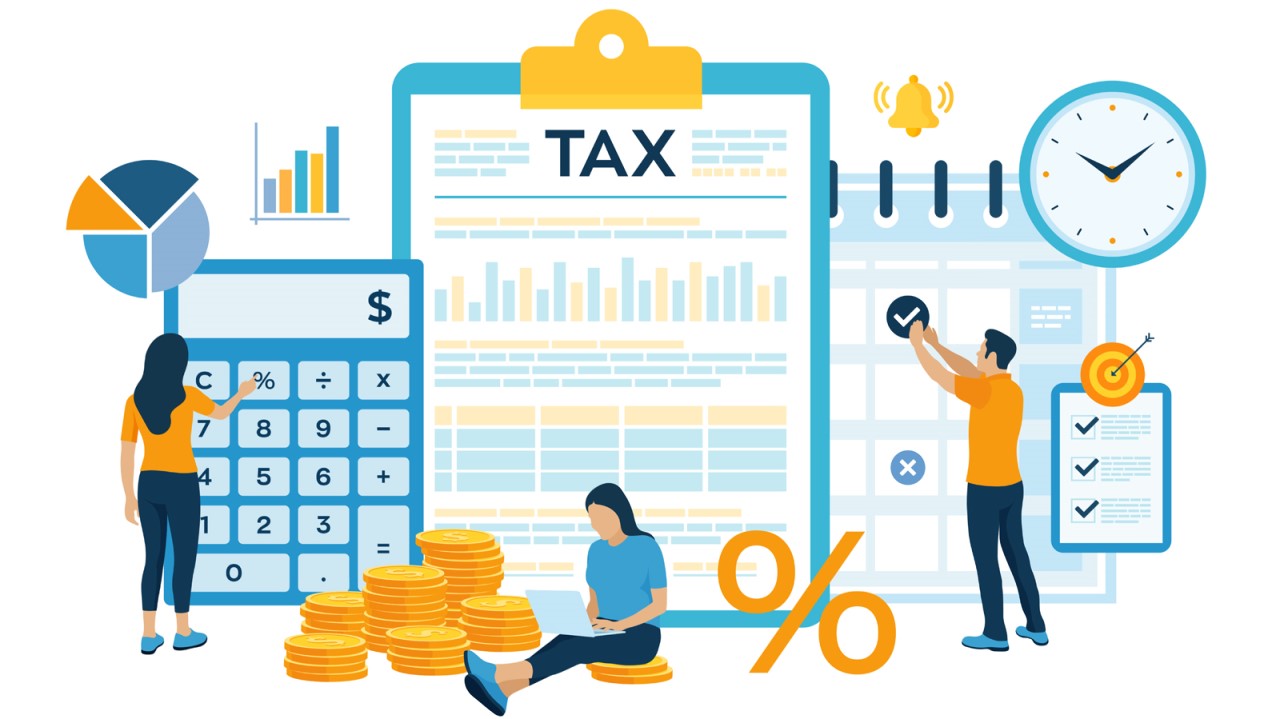
Tax increment financing (TIF) is the most innovative economic development tool used by local governments today. While it is frequently used, it is also extraordinarily complex, which brings with it some degree of misunderstanding and controversy.
Generally speaking, TIF is a tool utilized by local governments, usually in partnership with a private developer, to help make struggling real estate projects a reality. In its most simple form, TIF uses future taxes from those projects to provide financial support for those projects, whether that includes supplemental development assistance (such as grants or loans) or building new infrastructure.
The benefits of TIF can often be significant, especially in raising idle property values on blighted sites. While TIF tends to fly under the radar in terms of public awareness, many major recent developments across the United States now utilize tax increment financing. This includes Hudson Yards in New York City, Lincoln Yards in Chicago, Foxconn in Southeast Wisconsin, The Beltline in Atlanta, Harbor Point in Baltimore, and Amazon HQ2 in Arlington, just to name a few.
Despite the potential benefits, the reality is that an economic development tool as complex as TIF requires an abundance of technical planning and fiscal expertise to be used successfully. If the proper knowledge and resources are not available, TIF can be implemented inefficiently or even abused. Critics of TIF claim that, at its worst, it has the potential to distort real estate markets; sap essential revenue from overlapping tax jurisdictions, such as schools; and provide well-connected developers with unnecessary financial assistance. Further, if TIF is used too much within a given community, it can deprive the local government of much-needed revenue that could otherwise be used to augment government services or provide property tax relief for residents.
To clear up some of the misunderstandings surrounding this economic development tool and to help educate local decision makers on both its potential promises and pitfalls, ICMA is publishing a new book about how local governments can better use TIF: Tax Increment Financing: A Practical Guide to Analyze TIF Risks, Rewards, and Outcomes.
The book is designed to guide readers through the complex TIF process, laying out practical ways to evaluate TIF proposals and scale them to avoid overuse. Acting as a step-by-step manual with real world case studies and best practices, the book can help local governments assess to what degree TIF might be the right tool for them.
Overall, the book intends to help fine-tune local governments’ use of TIF and empower local decision makers with the tools needed to evaluate and structure TIF deals in a way that allows for precision and risk mitigation. This includes guiding readers through processes such as TIF feasibility analysis, cost verification analysis, capital attraction analysis, and cash flow analysis. Here are three key takeaways for local government decision makers:
1. Do not assume that a developer’s TIF request needs to be fully funded. Do the math, negotiate, and save taxpayer resources when possible.
Just because a developer has asked for TIF assistance does not mean that they will walk if offered any less or that the project is not feasible without their request being fully funded. Developers should provide financial details about their proposed project(s) so that you and your staff can crunch the numbers and determine what is necessary (more information about this is included in the next bullet point) and offer only what is truly needed to make the project a reality. More often than not, when local governments engage directly with developers and inquire more about their proposals, developments can be elevated to achieve more win-win scenarios while keeping TIF at reasonable levels.
2. Use common real estate metrics to help you scale TIF.
Real estate developers and their banks gauge whether to pursue a given project based on verifiable information and statistics. While local governments can—and should—also use this information in their TIF evaluation process, many shockingly do not. This data includes sources and uses statements, cash flow projections, cap rates, debt coverage ratios, loan-to-value ratios, and the all-important internal rate of return (IRR).
Many communities limit projects’ IRRs to somewhere in the range of 10–12%, and it cannot be emphasized enough how important a metric IRR is in determining the level of TIF support that a local government should consider. Taking these metrics into consideration and scaling them to the industry norms for each specific community is the best way to ensure that TIF is utilized wisely at the local government level. ICMA’s forthcoming TIF publication will discuss how local governments can use each of these metrics in greater detail, with step-by-step instructions for TIF analysis to mitigate risks and over-use.
3. Create a formal TIF policy to help steer your local government’s decisions with transparency and objectivity.
Even though TIF is one of the most widely used economic development tools in local government today, many local governments still do not have a formally adopted TIF policy or standardized TIF application process. Developing a TIF policy using the previously outlined metrics helps to make a local government’s TIF decisions more transparent for both residents and developers alike. Further, it can promote objective conversations about how TIF can be implemented most effectively within a given community. Tax Increment Financing: A Practical Guide to Analyze TIF Risks, Rewards, and Outcomes provides several examples of formal TIF policies, best practices, and applications. For those looking to begin their research now, Madison, Wisconsin’s TIF guidelines are a strong place to start.
Both these and additional topics are explored in greater detail in Tax Increment Financing: A Practical Guide to Analyze TIF Risks, Rewards, and Outcomes, coming soon from ICMA.

JOE GROMACKI is TIF coordinator for Madison, Wisconsin, USA.

DR. JOHN KOVARI is associate professor, Department of Political Science and Public Administration, University of Wisconsin—La Crosse, USA.
New, Reduced Membership Dues
A new, reduced dues rate is available for CAOs/ACAOs, along with additional discounts for those in smaller communities, has been implemented. Learn more and be sure to join or renew today!
